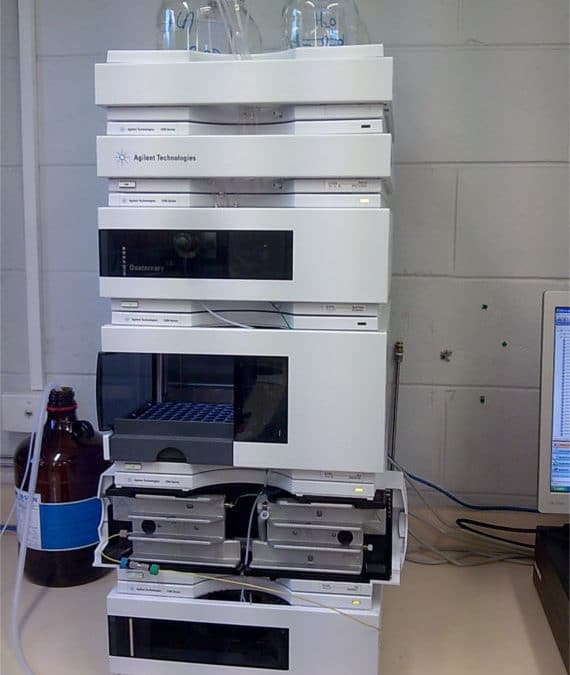There has been a lot of chatter over the last few years about Ultra Performance Liquid Chromatography (UPLC) instruments. Whenever new technologies come out, two things usually happen: The analytical development groups are instantly writing up purchase orders and pitching to their company why they need it and the quality control groups are apprehensive and wondering if the data will be accepted by the FDA and if this technology will become “industry standard.” Let’s take a closer look at this technology and how it has evolved.
UPLC Advantages
Scientifically, in the simplest of terms, UPLC’s use columns with smaller particle size with increased pressure giving better resolution and shorter analysis times. This sounds great and in many cases it is. Think of taking your 30 minutes SEC run time and having it be only 5 minutes with the same or better results than an HPLC. However, there are some things to consider when considering making a switch from UPLC to HPLC.
With each UPLC vendor there are specific consumables that you need to use. The engineering and the maintenance components are different than HPLC to help withstand the higher pressure. The biggest difference is the column. The columns are specifically designed for UPLC’s. I remember when the first SEC column (Waters produced in 2005) for UPLC came out making the instrument more attractive to the biopharmaceutical industry. There used to be a huge limitation that there were not very many columns types, but now there is more of a selection of columns making UPLC more of a benefit as they can be used for an array of different chromatographic techniques including pairing them with a Mass Spectrophotometer.
On a side note, do not try and put an HPLC column on a UPLC system. It simply will not provide a good baseline or resolution. UPLC’s are meant to be run at higher pressures and temperatures than an HPLC column can withstand. If you commit to getting an UPLC, remember, that you are committing to using the consumables that come with it. The HPLC and UPLC columns and parts cannot be interchanged. Even though there are a wider selection of UPLC columns, it is still not as broad of a selection as for HPLC.
If expense is a concern it is true that the UPLC systems and consumables do come at a higher price. However, time is money and with a UPLC system you will save time. The columns are advertised as being more robust, so if they last longer the higher price should be less of a concern.
UPLC systems and columns have been around since about 2004. They are growing in popularity and the manufacturers are constantly making improvements. Now that the UPLC systems are more established the industry has seen examples of the FDA approving UPLC methods. If you follow the regulations and guidance’s for Chromatographic methods and validations the FDA should accept methods and data from a UPLC system.
While contemplating whether to purchase a UPLC system I suggest looking into getting a demonstration instrument prior to purchase. Sometimes manufacturers will allow companies to keep an instrument on site and try different columns to make sure their methods will work as expected on the instrument. Then you will have assurance that you are making a good purchase. It can’t hurt to try.

